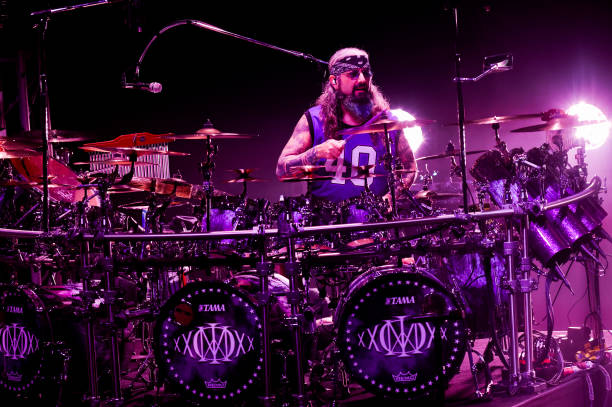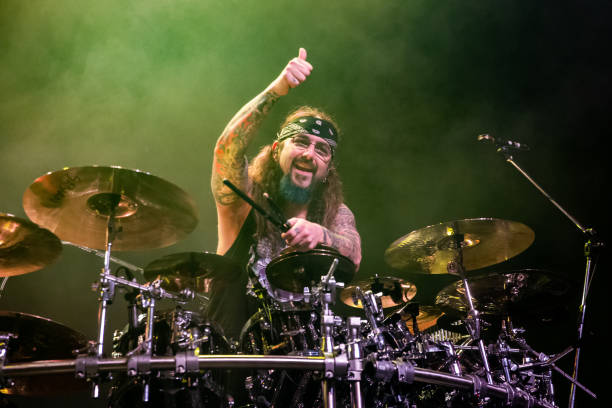Drumming is a physical art, a relentless conversation between body and instrument that demands precision, endurance, and an unwavering commitment to the beat. For Mike Portnoy, a musician whose career has been defined by complex time signatures and explosive performances, the toll of that devotion is something he carries with him every day. Years behind the kit, night after night of pushing his body to its limits, have left their mark—not just in the music, but in the aches and pains that come with it.

The return to Dream Theater was a long-awaited moment for fans, a reunion that reignited the chemistry that made the band legendary. But with the joy of coming home to his musical family came the realization that time spares no one, not even the most disciplined of drummers. The movements that once felt effortless now come with a price. Shoulders tighten, wrists ache, and the sheer force required to maintain such a high level of performance becomes something he must think about more than ever before. It is not a question of passion—Portnoy’s love for drumming remains as fierce as ever—but the body has its own rhythm, one that cannot always keep pace with the spirit.
Drummers often exist in the shadows of the stage, driving the energy forward yet rarely in the spotlight. But their role is one of the most physically grueling in music. Every strike of the snare, every foot that pounds against the bass drum pedal, every rapid-fire cymbal crash demands a level of control that is as punishing as it is exhilarating. Portnoy, whose career spans decades, has lived through that reality more than most. His playing style, built on speed, technical mastery, and sheer power, has made him one of the most respected drummers in the world. It has also made him acutely aware of the wear and tear that accumulates over time.
Yet, in true Mike Portnoy fashion, he does not dwell on the pain. He adapts. He adjusts his approach, listens to his body, and finds ways to continue delivering performances that meet the impossibly high standards he sets for himself. There is a quiet resilience in that—an understanding that while the physical strain may be unavoidable, the music is worth it.
For fans, Portnoy’s return is a moment of celebration, a reaffirmation of the sound that has shaped progressive metal for years. But beneath the thunderous drum fills and intricate transitions lies the reality of a musician who has given everything to his craft. The rhythm, the movement, the connection to the music—none of it has faded. It is simply carried a little differently now, with the weight of experience, the echoes of past performances, and the knowledge that the music always demands more than just skill. It demands the body, the soul, and a willingness to keep going, no matter the cost.
